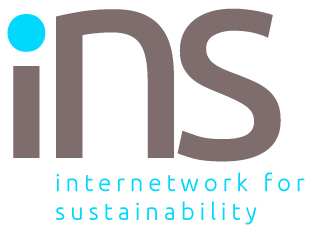
Coal ash—the toxic byproduct from coal combustion—may turn out to be a significant domestic source of rare earth elements essential to clean energy technologies, including electric vehicles, wind turbines, and solar panels. These rare earths include metals such as neodymium, scandium, and yttrium; though crucial for the advancement of clean technology, they are extremely hard to extract and mostly imported—over 95% currently come from China.
Recent research led by the University of Texas at Austin has found that coal ash in America might contain as much as 11 million tons of REEs, worth approximately $8.4 billion—five times the country’s existing estimated domestic reserves.
This is an opportunity to reduce foreign imports and avoid the environmental destruction that would result from new mining.
Waste as a resource
This makes waste an abundant source for REEs, considering that approximately 70 million tons of coal ash are produced every year, with over 2 billion tons in storage. Researchers stress this as a means of turning “trash to treasure” by reusing existing waste without taking new coal out of the ground. The initial processing of the coal ash has already been completed, and it is ready for extraction. However, it is hard to extract the REEs from coal ash. For one thing, the concentration of REEs in coal ash is much lower compared to the ore deposits mined from the ground, so extraction is less economical. The process also involves strong acids and bases, which are costly and pose risks to the environment, especially if the ash has high levels of alkalinity, like western coal ash.
Besides, the content of REEs is a tiny fraction of coal ash, and their extraction, therefore, is not going to take a decent amount from the overall volume of toxic wastes that are still to be disposed of. Coal ash also contains other hazardous contaminants such as mercury, arsenic, and lead, making its management more difficult.
It also depends on the geographic differences in coal ash composition. Although coal ash from the Appalachian Basin contains higher concentrations of REEs, only 30% extraction efficiency is achievable; coal ash from the Powder River Basin in Wyoming and Montana, on the other hand, contains lower concentrations but is easier to extract, with an efficiency of more than 70%. Those differences will affect which regions and methods prove most viable for projects.
Decreasing reliance on China
To back that, the Biden administration announced an investment of $17.5 million in technologies for extracting REEs from coal and its byproducts. This funding is to help improve national security by decreasing reliance on foreign REE supplies, building up domestic manufacturing, and supporting energy and mining communities transitioning to new industries.
But this has raised red flags, with many worrying that commoditizing coal ash will only create more coal burning. Researchers counter that the emphasis is on utilizing legacy waste—those billions of tons already laid away—and not on manufacturing new ash. The DOE similarly maintains that these efforts will not encourage new coal power generation.
Just a beginning?
In the future, researchers will try to get the most value out of coal ash: not just extracting REEs but possibly other materials, too, while better managing and storing this toxic waste. This falls in line with global efforts to secure critical materials that feature in clean technologies because demand for rare earth elements is set to increase sevenfold by 2040, according to the International Energy Agency. This approach would help the U.S. transition toward a more sustainable and secure energy future by focusing on existing waste.











